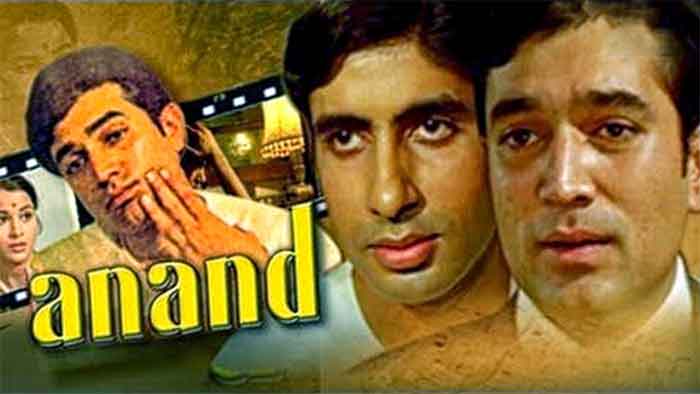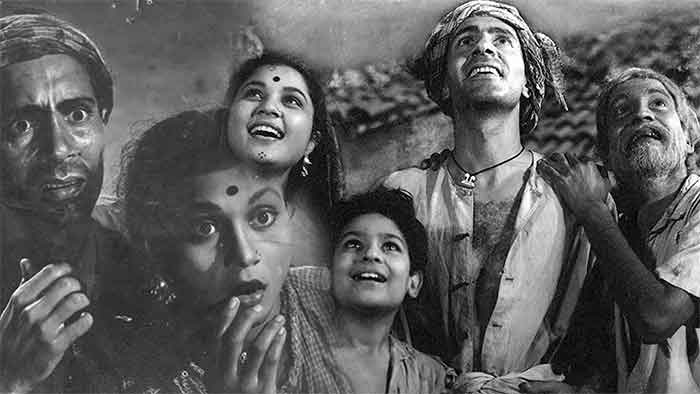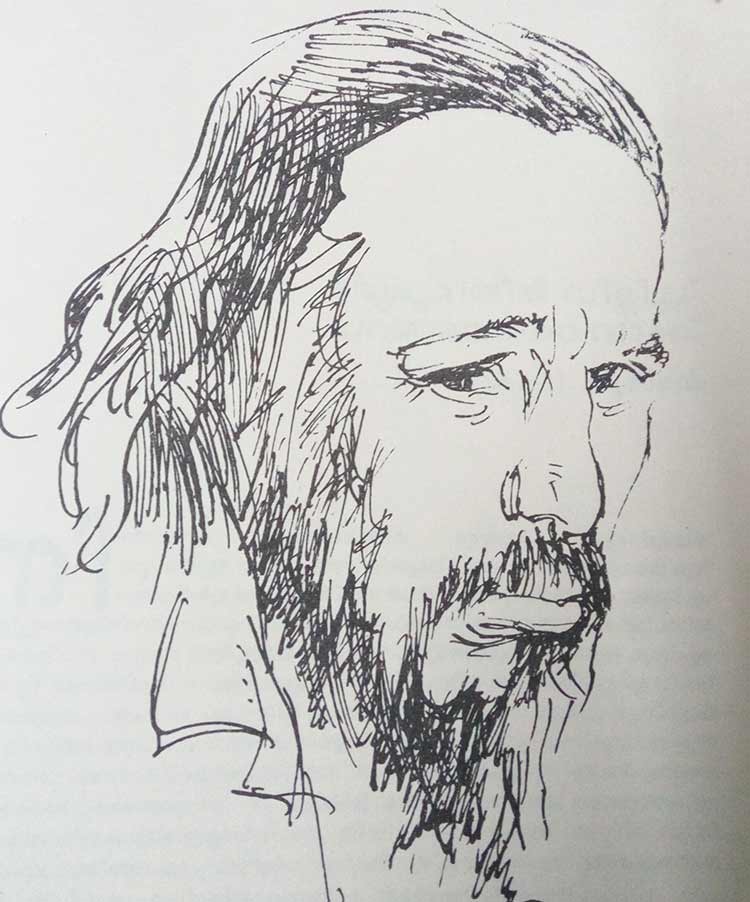
After imposing executive controls over the Over The Top (OTT) streaming media, the Centre has inflicted yet another blow on cinema medium… Either the producer must silently suffer or move to High Court and wait years for ‘justice’. This is a new kind of censorship of effective medium, a burden on producer and a blow to cinema.
***
The BJP-led Central government has taken a drastic decision on April 4 to replace the existing appellate authorities under the nine laws and vested those powers in the High Courts through an ordinance, the Tribunal Reforms (Rationalisation and Conditions of Service) Ordinance 2021.
The appellate tribunals under Cinematography Act, 1952, Trademarks Act, 1999, Customs Act 1962, Patents Act 1970, the Geographical Indications of Goods (Registration and Protection) Act, 1999, were scrapped and now all appeals should go to the High Courts.
The Tribunal under the Control of National Highways (Land and Traffic) Act, 2002, was also abolished and appeals are directed to civil court. The appellate board under Copyright Act, 1957 is replaced with Commercial Court or Commercial Division of a High Court. The Airport Appellate Tribunal under the Airports Authority of India Act, 1994 was abolished and the disputes now need to go to Central Government in some areas, while from the orders of eviction officers, the appeals must be taken to High Courts.
All this was done in the name of rationalisation of tribunals that began in 2015. The government has passed the Finance Act, 2017, to abolish seven tribunals or merged based on functional similarity and their total number was reduced to 19 from 26.
Censorship issues will add to cause list of high courts!
The ordinance has amended the Cinematograph Act, 1952, and replaced the word ‘Tribunal’ with ‘High Court’. The effect is that from now there can be no appeals from the orders of Censor Board to tribunals.
Either the producer must silently suffer or move to High Court and wait years for ‘justice’. This is a new kind of censorship of effective medium, a burden on producer and a blow to cinema.
After being made, the films meant for distribution in theatres should be submitted for certification. They Central Board of Film Certification is require certifying film as ‘U’ (unrestricted public exhibition), ‘UA’ (unrestricted public exhibition subject to parental guidance for children below the age of 12), ‘A’ (restricted to adult audiences) or ‘S’ (restricted to specialised audiences such as doctors or scientists). The CBFC is an examining committee. There is a revising committee to relook into the decision of the CBFC.
The Film Certification Appellate Tribunal has been established in 1983 as a statutory body under the Cinematograph Act, headed by a member from the legal fraternity. Before the FCAT, filmmakers had no option but to approach the court to seek redressal against CBFC certifications or suggested cuts.
The FCAT was helping with quick decisions, and only when the FCAT decision was not satisfactory, the film makers were going to High Court.
The Film Certification Appellate Tribunal was a statutory body established in 1983 under the Cinematograph Act, 1952 by the Ministry of Information & Broadcasting. The FCAT was hearing appeals filed under Section 5C of the Cinematograph Act by those aggrieved by the decision of the CBFC. The tribunals were deliberately starved of members, staff and funds besides not appointing or appointing ‘follower’s the judicial and technical members instead of field experts.
The need for FCAT is increased in recent times, because of peculiar orders of Censor Board of Film Certification. Had the FCAT not come to rescue in 2016, the movies like ‘Shaheb Bibi Golaam’ and ‘Lipstick Under My Burkha’ which were objected to by the CBFC would have ended up in cans only.
The decision to deny certification to Shubhradeep Chakravorty and Meera Choudhary’s film ‘En Dino Mujaffarnagar’ was also unreasonable.
The ‘Anti Indian’, the debut film of C Ilamaran was refused certification by Examining Committee of CBFC. It was referred to revising committee. FCAT used to charge normal fee, hold screening and pass judgements soon. Similarly, Tamil Film Gypsy by Raju Murugan could be released because of the Revising Committee which reduced the cuts. As he was pressed for time, he rushed to theatre avoiding journey through Tribunal with those cuts only. It is estimated that FCAT watches 20 movies a month to review the Boards’ decisions. Now the High Courts have to watch them.
Most of the decisions of the Central Board are subject to criticism because it has been allegedly filled by the personalities close to ruling party, whether Congress or the BJP. Some chairpersons were openly exhibiting their bias and taking drastic decisions against some movies like banning them or suggesting substantive cuttings of scenes and dialogues.
Leena Manimekelai’s first film Sengadal, The Dead sea was banned and second movie Maadathy, An Unfair Tale was struck with refusal by CBFC. Now Leena must wage a legal battle or cut the movie into pieces as per the wishes of Board. The producer must risk more money and time while the already overburdened Constitutional courts should suffer more filings. If the producer fails to convince the Board, his expression will be curtailed. This is a different way of curbing the artistic expression.
There were Justice Mukul Mudgal and Shyam Benegal Committees that studied the FCAT and made several recommendations, but never suggested abolition of FCAT.
The Supreme Court bench of L Nageswar Rao, Hemant Gupta and Ravindra Bhat, JJ in Madras Bar association v Union of India (https://indiankanoon.org/doc/66126971/) on 27th November 2020 recommended constitution of National Tribunals Commission as an independent body to supervise the appointments and functioning of Tribunals, conduct disciplinary proceedings against members of tribunals and also take care of administrative and infrastructural needs of the Tribunals. Instead of creating such umbrella organization the Government has ‘reformed’ tribunals by removal or amalgamation.
The SC was conscious about the case load on judiciary because of wrongful decisions of tribunals headed by non-experts of the subject.
The judges wrote: Upon the tribunals has devolved the task of marking boundaries of what is legally permissible and feasible (as opposed to what is not lawful and is indefensible) conduct, in a normative sense guiding future behaviour of those subject to the jurisdictions of such tribunals.
This task is rendered even more crucial, given that appeals against their decisions lie directly to the Supreme Court and public law intervention on the merits of such decisions is all but excluded. Also, these tribunals are expected to be consistent, and therefore, adhere to their precedents, inasmuch as they oversee regulatory behaviour in several key areas of the economy.
Therefore, it is crucial that these tribunals are run by a robust mix of experts, i.e. those with experience in policy in the relevant field, and those with judicial or legal experience and competence in such fields. The functioning or non-functioning of any of these tribunals due to lack of competence or understanding has a direct adverse impact on those who expect effective and swift justice from them. The resultant fallout is invariably an increased docket load, especially by recourse to Article 226 of the Constitution of India.
These aspects are highlighted once again to stress that these tribunals do not function in isolation but are a part of the larger scheme of justice dispensation envisioned by the Constitution and must function independently, and effectively, to live up to their mandate.
The involvement of this court, in the series of decisions, rendered by no less than six Constitution Benches, underscores the importance of this aspect. The role of both the courts as upholders of judicial independence, and the executive as the policy making and implementing limb of governance, is to be concordat and collaborative. This court expects that the present directions are adhered to and implemented, so that future litigation is avoided”.
But the government did not heed to this advice and decided to abolish the tribunals increasing the case load of High Courts.
***
(Author Dr. Madabhushi Sridhar Acharyulu was a Professor at Nalsar University of Law in Hyderabad, former Central Information Commissioner and presently Professor of Law, at Bennett University, Greater Noida. )
Email:[email protected]
Courtesy : Hans News Service
GET COUNTERCURRENTS DAILY NEWSLETTER STRAIGHT TO YOUR INBOX
















































